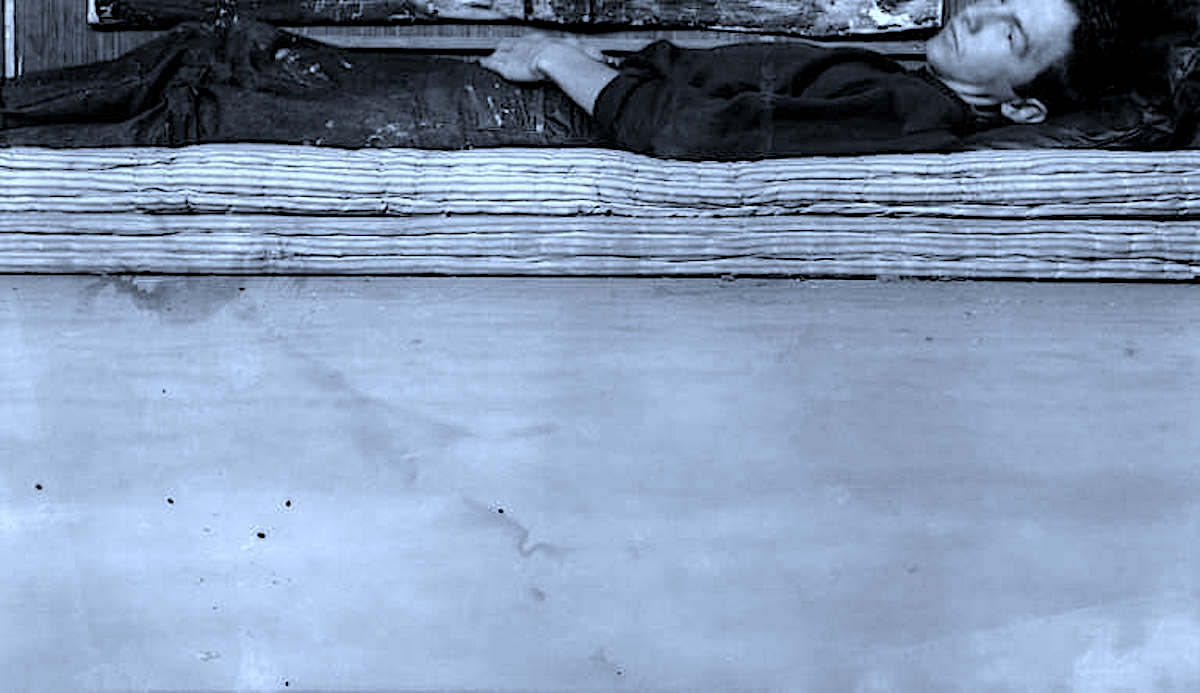In a long overdue initiative, the Robert Rauschenberg Foundation has launched a cataloging Raisonné endeavor to compile a comprehensive document of the iconic artist’s paintings and sculptures.
This initiative, aligned with the spirit of Rauschenberg’s radical innovation and broad inclusiveness, promises to be a departure from conventional catalogues, not only in its digital accessibility but also in its thematic depth.
To ensure maximum access to Rauschenberg’s vast body of work, the catalogue raisonné will be published online free of charge, delivered in a series of releases. Going beyond the conventional catalogue components such as artwork entries, provenance, exhibition histories, and bibliographies, this unique project will feature insightful essays by a diverse range of contributors. Artists, conservators, critics, scholars, and writers will provide perspectives that resonate with the expansive nature of Rauschenberg’s artistic philosophy, reflecting his profound curiosity and receptiveness to new ideas and modes of expression. Among the esteemed contributors are Carlos Basualdo, Catherine Craft, Susan Davidson, Giorgio di Domenico, Leah Dickerman, Darby English, Glenn Ligon, Michael Lobel, Courtney J. Martin, Helen Molesworth, Jennifer L. Roberts, Amy Sillman, Matthew Skopek, Jeffrey Weiss, and Terry Winters.
The inaugural volume, encapsulating works from 1948 to 1953, is slated for release in October 2025, coinciding with what would have been the artist’s centennial celebration. Spanning the entirety of Rauschenberg’s oeuvre from 1948 to 2008, the catalogue raisonné is expected to encompass around 3,000 artworks, excluding drawings, photographs, and editions. This ambitious project is anticipated to unfold over fifteen to twenty years.
Overseeing the Robert Rauschenberg Catalogue Raisonné is Julia Blaut, Senior Director of Curatorial Affairs at the Rauschenberg Foundation, with Eric Banks, Director of the New York Institute for the Humanities, serving as the consulting editor. The project is steered by Project Manager Jackie Foster, while Susan Davidson, a distinguished Rauschenberg scholar and curator, assumes the role of editor for Volume 1.
In a significant call to action, the Robert Rauschenberg Catalogue Raisonné project invites owners of artworks from the period of 1948 to 1953 to participate in this landmark initiative by completing a submission form, available for download on the official project website. This collaborative effort seeks to enrich the understanding and appreciation of Rauschenberg’s revolutionary contributions to the world of art.
Robert Rauschenberg:
Robert Rauschenberg, born on October 22, 1925, in Port Arthur, Texas, emerged as a seminal figure in 20th-century American art. Raised in a conservative environment, Rauschenberg demonstrated an early passion for art, prompting him to pursue studies at the Kansas City Art Institute and later at the Académie Julian in Paris.
Following his time in Paris, Rauschenberg delved into the avant-garde art scene in New York during the 1950s. Immersed in the company of artists like Jasper Johns, Merce Cunningham, and John Cage, he began to mould his artistic philosophy, drawing inspiration from the burgeoning movements of Abstract Expressionism and Neo-Dada.
Rauschenberg’s groundbreaking approach challenged traditional boundaries, blurring distinctions between painting and sculpture. His “Combines,” a series of works from the 1950s and 1960s, exemplify this fusion, incorporating everyday objects and materials into his canvases. This innovative spirit laid the groundwork for what would later be recognized as a bridge between Abstract Expressionism and Pop Art.
Known for his collaborative spirit, Rauschenberg partnered with choreographer Merce Cunningham and composer John Cage. These collaborations extended his reach into dance and music, showcasing his commitment to breaking the barriers between artistic disciplines.
Among his most celebrated works is the “Erased de Kooning Drawing” (1953), where Rauschenberg famously requested and successfully erased a drawing by Willem de Kooning, a gesture challenging conventional notions of authorship and creation. Other iconic pieces include “Monogram” (1955-1959) and the “White Paintings” series (1951), both of which reflected his interest in simplicity and the interplay of light.
Rauschenberg continued to evolve throughout his career, incorporating new technologies and embracing global influences. In 1990, he established the Rauschenberg Overseas Culture Interchange (ROCI), a project promoting international artistic exchange.
Robert Rauschenberg passed away on May 12, 2008, leaving a legacy transcending artistic movements. His revolutionary spirit, commitment to breaking boundaries, and profound impact on the art world continue to influence generations of artists, reinforcing his status as a visionary at the intersection of art and life.
Top Photo: Courtesy Robert Rauschenberg Foundation
Owners of artworks by Rauschenberg from this period are invited to complete a submission form, which can be downloaded from here

